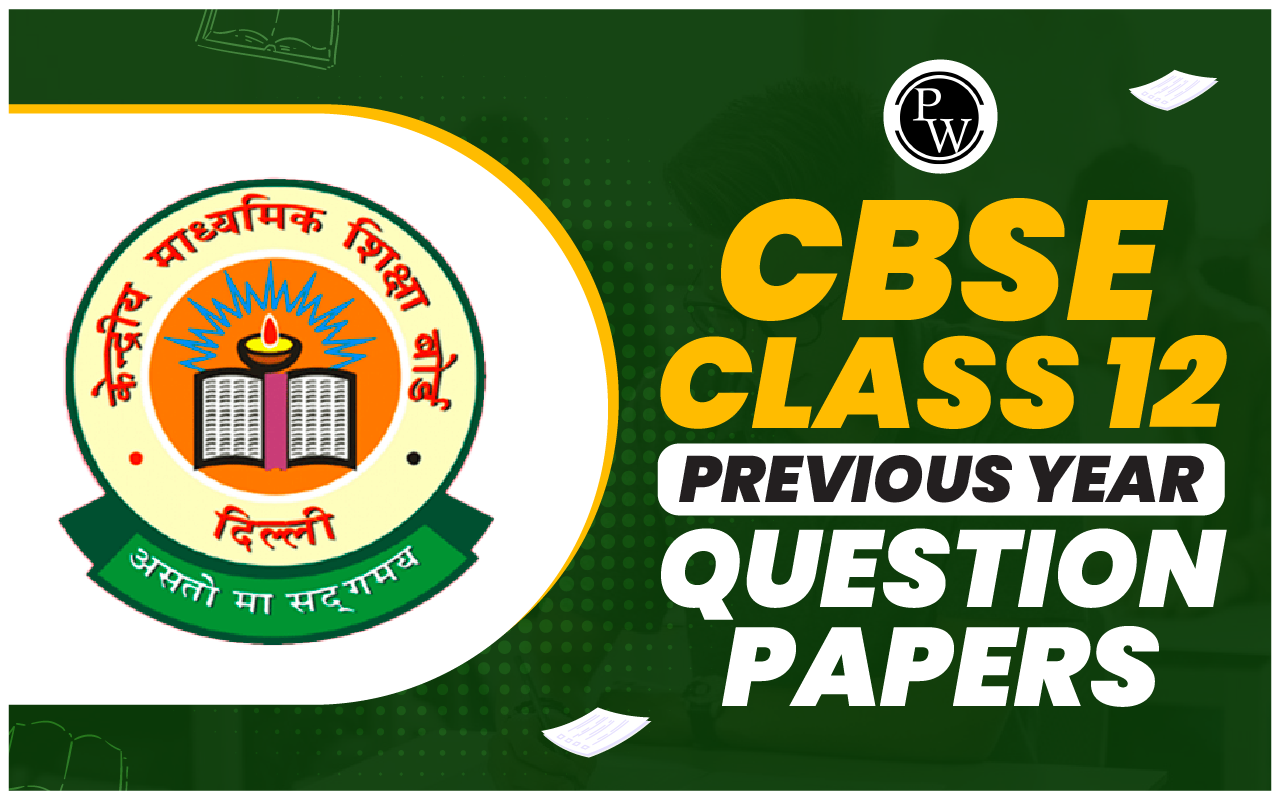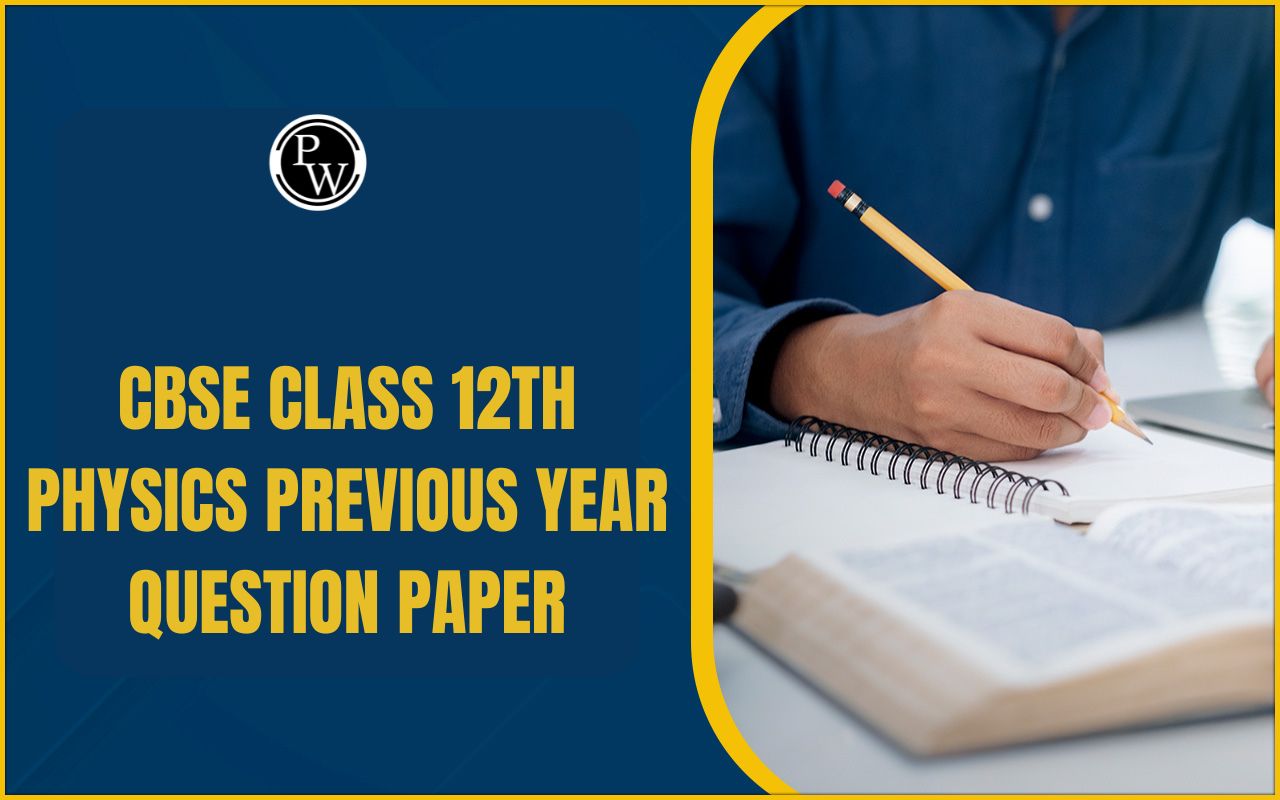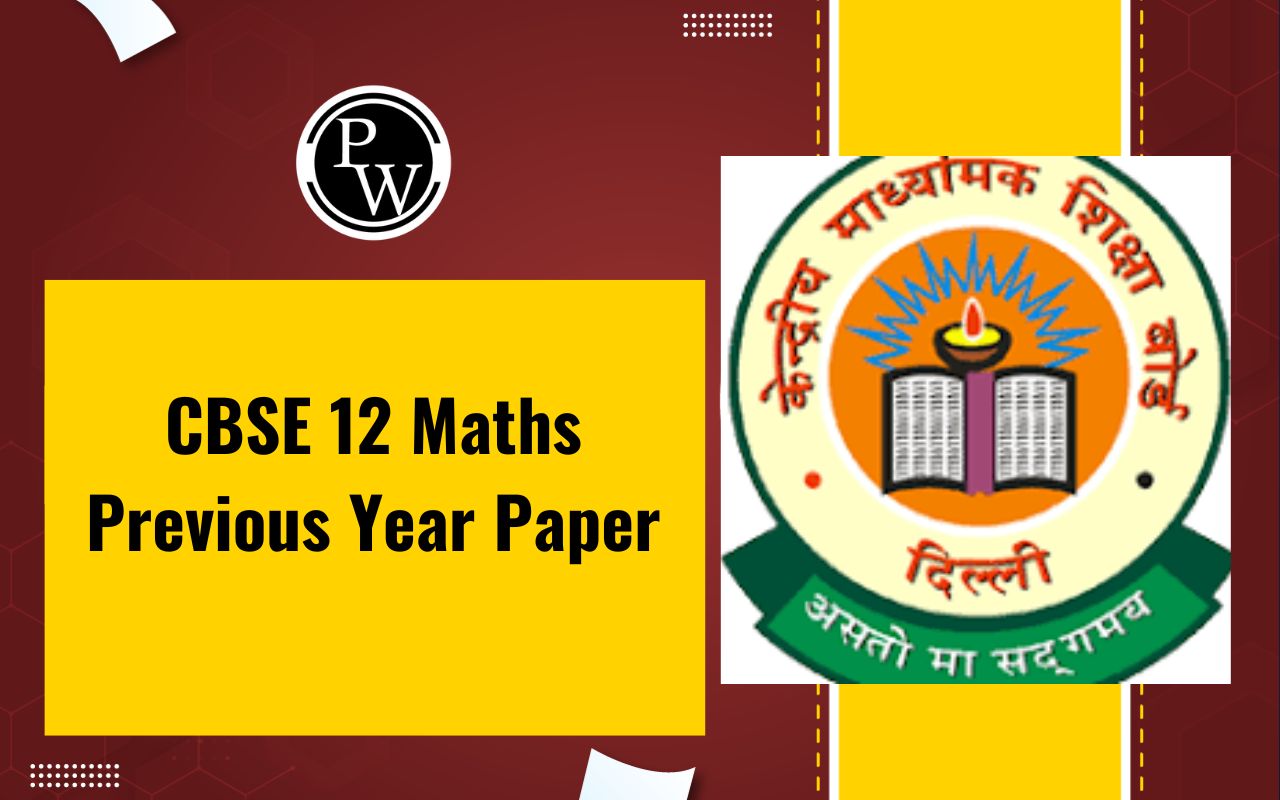
CBSE Class 12 History Syllabus 2023-24: The CBSE Class 12 History Syllabus for the academic year 2023-24 has been released by the Central Board of Secondary Education. This syllabus outlines the topics and concepts that students will study during this academic session.
It provides a comprehensive overview of the course structure, including unit-wise content, internal assessment criteria, map work, and question paper design. Students enrolled in the Humanities/Arts stream under the CBSE Board can access the complete syllabus to help in their preparation for the upcoming examinations. Familiarizing themselves with the syllabus is important for students to plan their study schedule effectively and ensure thorough coverage of all relevant topics.CBSE Class 12 History Syllabus 2023-24 Overview
The CBSE Class 12 History syllabus for 2023-2024 covers many important topics. These include the Indian National Movement, the Cold War, and the Rise of Globalisation. When studying the Indian National Movement, students will learn about how nationalism began in India, the different stages of India's fight for independence, and the important people involved in this movement. For the Cold War, students will explore why it happened, key events during this time, and how it ended. As for the Rise of Globalisation, students will examine why globalisation became more prominent, the different aspects of globalisation, and how it affected various countries. The syllabus includes map work exercises to help students understand the geographical aspects related to these topics.CBSE Class 12 History Syllabus 2023-24 PDF Download
The Class 12 History syllabus is an excellent resource for students interested in history, politics, or other subjects in the humanities. You can find the CBSE Class 12 History syllabus 2023-24 PDF here.CBSE Class 12 History Syllabus 2023-24 PDF
CBSE Class 12 History Syllabus 2023-24 Course Structure
Here's the course structure for the CBSE Class 12 History Syllabus for the academic year 2023-24:| No | Part | Marks |
|---|---|---|
| 1 | Themes in Indian History Part–I | 25 |
| 2 | Themes in Indian History Part–II | 25 |
| 3 | Themes in Indian History Part–III | 25 |
| 4 | Map | 05 |
| TOTAL | 80 |
Class 12 History Syllabus 2023-24: Themes
Themes in Indian History Part—I
- Bricks, Beads and Bones: The Harappa Civilization - 25 Marks
- Kings, Farmers and Towns: Early States and Economies (c. 600 BCE - 600 CE)
- Kingship, Caste and Class: Early Societies (c. 600 BCE - 600 CE)
- Thinkers, Beliefs and Buildings: Cultural Developments (c. 600 BCE - 600 CE)
Themes in Indian History Part—II
- Through the Eyes of Travellers: Perceptions of Society (c. tenth to seventeenth centuries) - 25 Marks
- Bhakti-Sufi Traditions: Changes in Religious Beliefs and Devotional Texts (c. eighth to eighteenth centuries)
- An Imperial Capital - Vijayanagar: (c. fourteenth to sixteenth centuries)
- Peasants, Zamindars and the States: Agrarian Society and the Mughal Empire (c. sixteenth-seventeenth centuries)
Themes in Indian History Part—III
- Colonialism and The Countryside: Exploring Official Archives - 25 Marks
- Rebels and Raj: 1857 Revolt and its Representations
- Mahatma Gandhi and the National Movement: Civil Disobedience and Beyond
- Framing of the Constitution: The Beginning of a New Era
Including Map work of the related Themes: 5 Marks
- Theory Total: 80 Marks
- Project Work: 20 Marks
- Total: 100 Marks
Class 12 History Syllabus 2023-24: Question Paper Design
Here's the question paper design for the CBSE Class 12 History syllabus for the academic year 2023-24:| Book | MCQ | SA | LA | Source Based | Map | Total |
|---|---|---|---|---|---|---|
| Part 1 | 7Qs | 1Q | 2Q | 3Q | 1Q | 8Q |
| Part 2 | 7Qs | 1Q | 2Q | 3Q | 1Q | 8Q |
| Part 3 | 7Qs | 1Q | 2Q | 3Q | 1Q | 8Q |
| Map | - | - | - | - | - | - |
| Project | - | - | - | - | - | - |
| Total | 21Qs | 18Qs | 24Qs | 12Qs | 5Qs | 100 marks |
Class 12 History Syllabus 2023-24: Theme wise syllabus
CBSE Class 12 History Syllabus 2023-24 FAQs
What are the key topics covered in the Class 12 History syllabus?
The Class 12 History syllabus covers a wide range of themes, including ancient civilizations, medieval India, modern Indian history, and global perspectives.
Are there any deleted topics or chapters from the syllabus this year?
Deleted topics or chapters from the syllabus are mentioned in the official CBSE notification or syllabus document for the respective academic year.
Can I use previous years question papers to prepare for the Class 12 History exam?
Yes, solving previous years' question papers can be an effective way to prepare for the Class 12 History exam as it helps in understanding the exam pattern, marking scheme, and important topics.
🔥 Trending Blogs
Talk to a counsellorHave doubts? Our support team will be happy to assist you!

Check out these Related Articles
Free Learning Resources
PW Books
Notes (Class 10-12)
PW Study Materials
Notes (Class 6-9)
Ncert Solutions
Govt Exams
Class 6th to 12th Online Courses
Govt Job Exams Courses
UPSC Coaching
Defence Exam Coaching
Gate Exam Coaching
Other Exams
Know about Physics Wallah
Physics Wallah is an Indian edtech platform that provides accessible & comprehensive learning experiences to students from Class 6th to postgraduate level. We also provide extensive NCERT solutions, sample paper, NEET, JEE Mains, BITSAT previous year papers & more such resources to students. Physics Wallah also caters to over 3.5 million registered students and over 78 lakh+ Youtube subscribers with 4.8 rating on its app.
We Stand Out because
We provide students with intensive courses with India’s qualified & experienced faculties & mentors. PW strives to make the learning experience comprehensive and accessible for students of all sections of society. We believe in empowering every single student who couldn't dream of a good career in engineering and medical field earlier.
Our Key Focus Areas
Physics Wallah's main focus is to make the learning experience as economical as possible for all students. With our affordable courses like Lakshya, Udaan and Arjuna and many others, we have been able to provide a platform for lakhs of aspirants. From providing Chemistry, Maths, Physics formula to giving e-books of eminent authors like RD Sharma, RS Aggarwal and Lakhmir Singh, PW focuses on every single student's need for preparation.
What Makes Us Different
Physics Wallah strives to develop a comprehensive pedagogical structure for students, where they get a state-of-the-art learning experience with study material and resources. Apart from catering students preparing for JEE Mains and NEET, PW also provides study material for each state board like Uttar Pradesh, Bihar, and others
Copyright © 2025 Physicswallah Limited All rights reserved.
Get App









